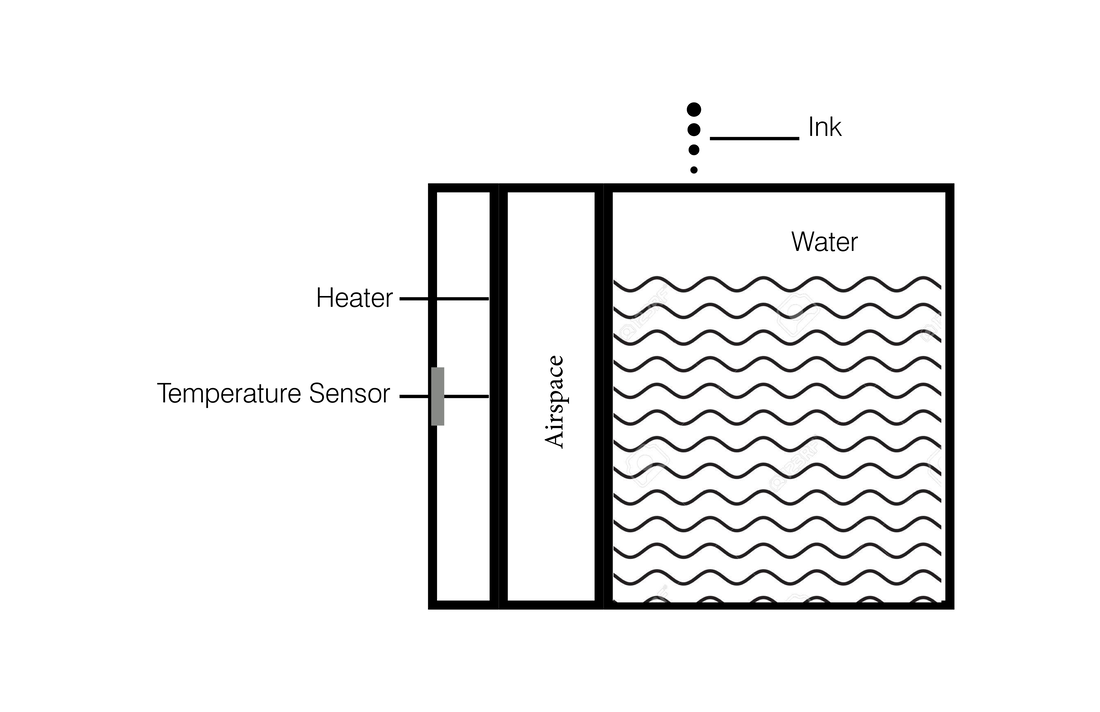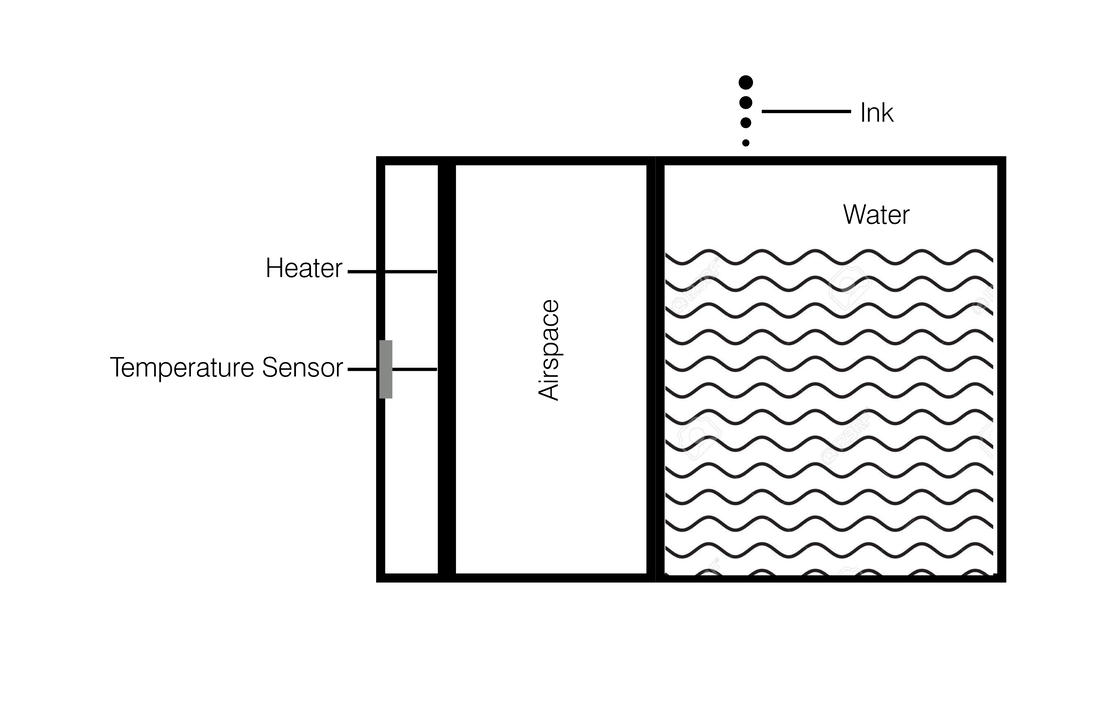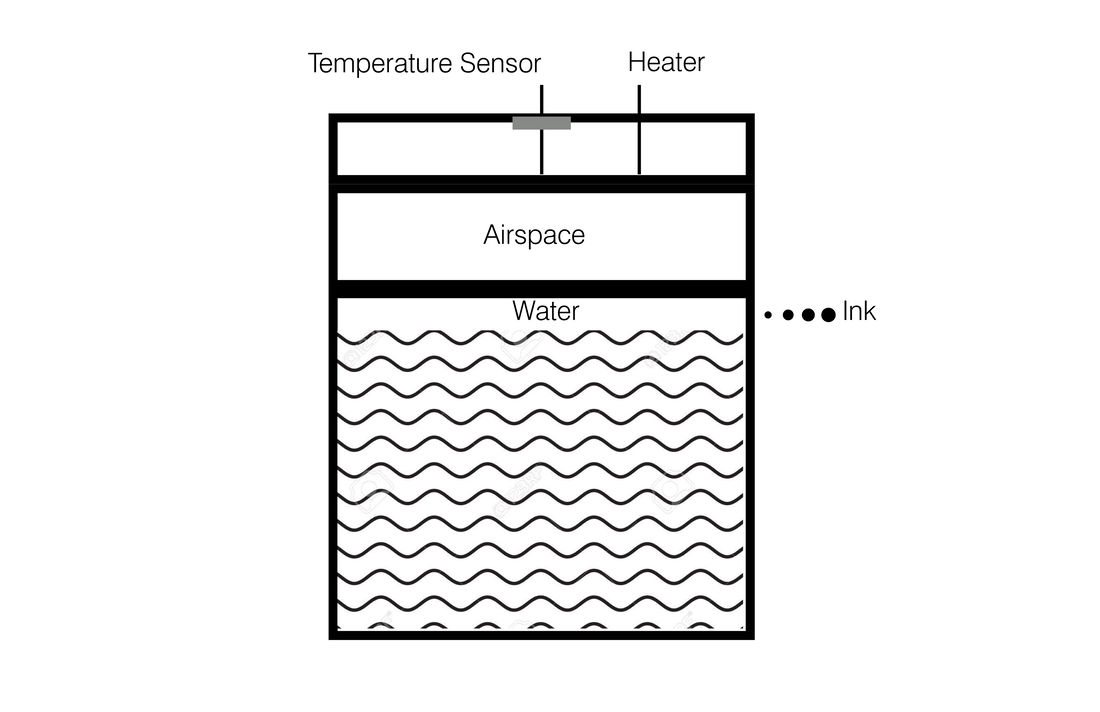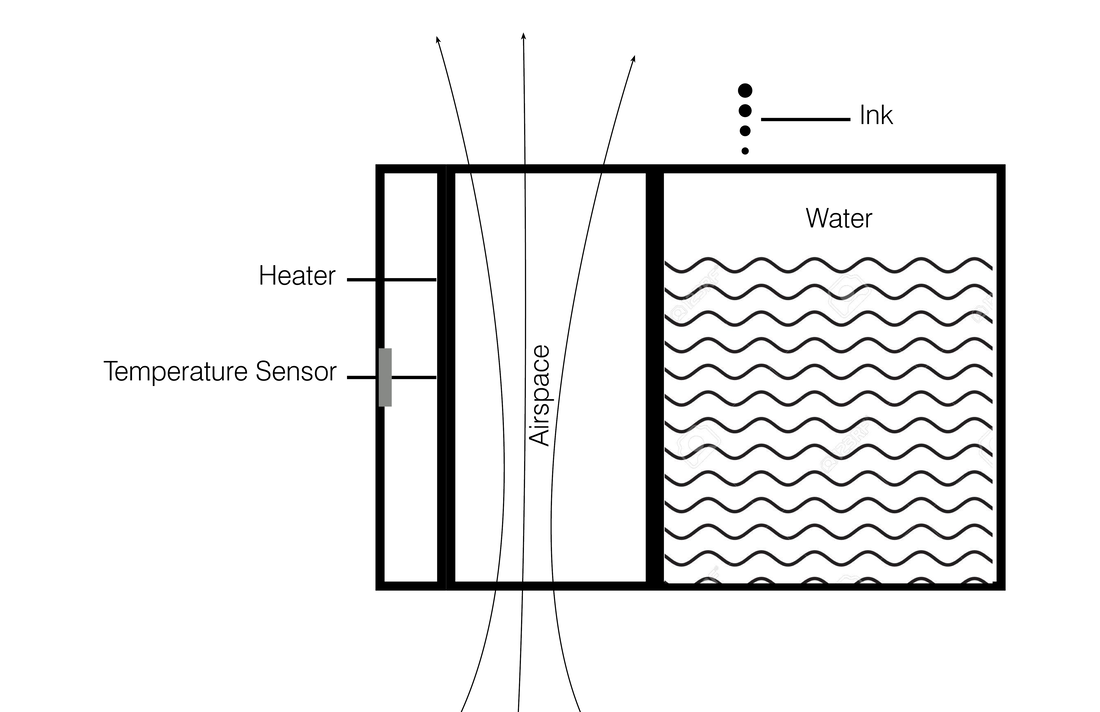-
Projects
- Environment Box
- Passive Refrigeration
- Water Cooling
- Fog Catching
- Roof Geometries
- Optimal Insulation
- Cooler Windcatcher
- Green Machine
- Mitigating Humidity
- Convective Air Flow
- Styrene Reuse
- Thermal Reflection
- ETFE Rigidification
- Phase Change Materials
- Polar Reflection
- Cavity Depth Variation
- Vapor Permeability
- Algae Facade
- Moisture Buffering
- Engineered Geometries
- Recycled Desiccant Materials
- Living Wall
- Solar Shading Facades
- SHADESin.reACTION
- Low-Fab Dehumidification
- Breathing Wall
- Urban Heat Island
- Acoustical Design
- Latent Heat of PCM's
- Insulative Qualities of Air
- About
- Lectures
- Assignments
- Workshops
- Syllabus
- Resources
Scenario I
The device is basically seperated by the airspace in between, On the left are a heater and a temperature sensor which can read the temperature of heater so that temperature could be controlled in experiments. On the right is a box filled with water, the ink injected into water can indicate how the convection flow moves.
Scenario II
Based on Scenario I, the dimension of air space is changed in order to test the effect of dimension of the airspace on the convection flow.
Scenario III
In this scenario, the heater and the box with water are turned upside down so that the effect of the orientation of heat flow on convection flow.
Scenario IV
In this scenario, a fan or an air sucker was installed right above the airspace to move the air through the airspace in different velocity so that the effect of air velocity passing the airspace on the convection flow.
Sources:
insert text here
insert text here



